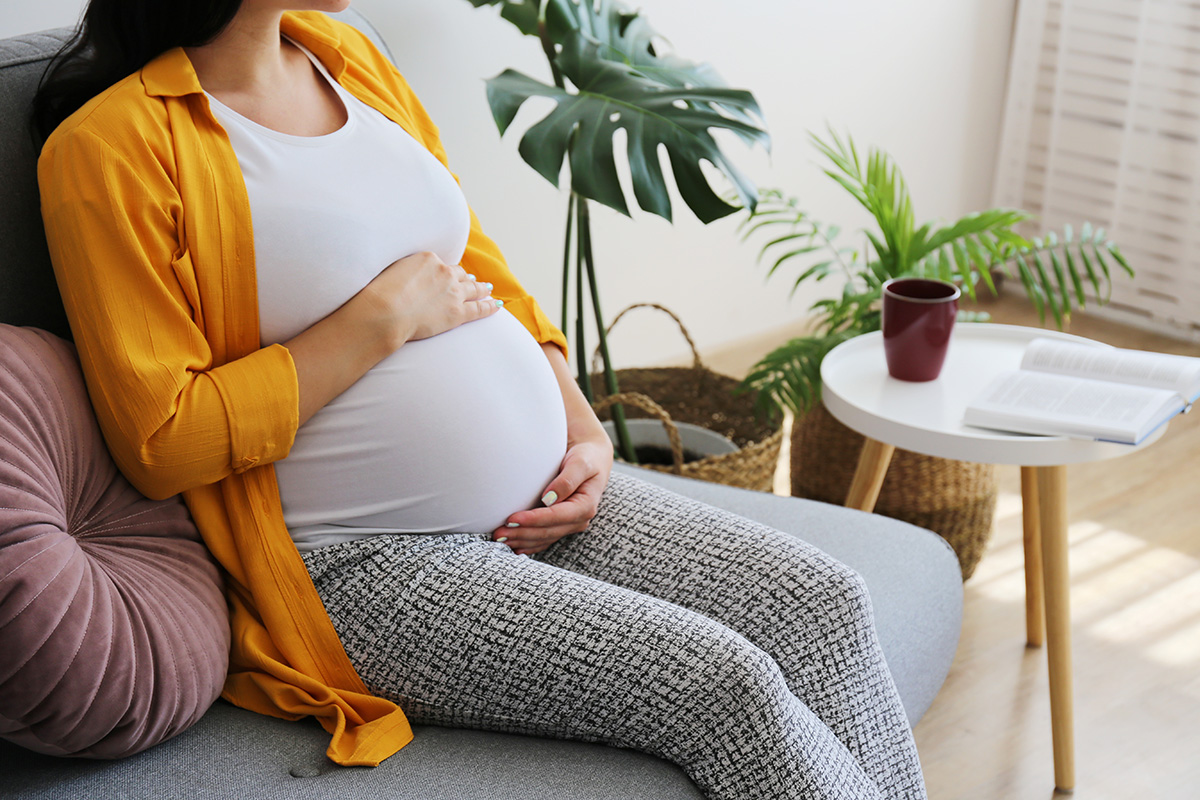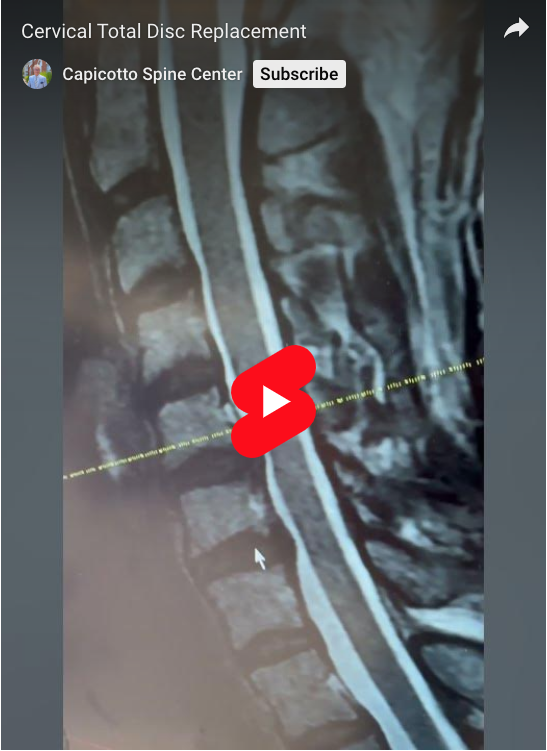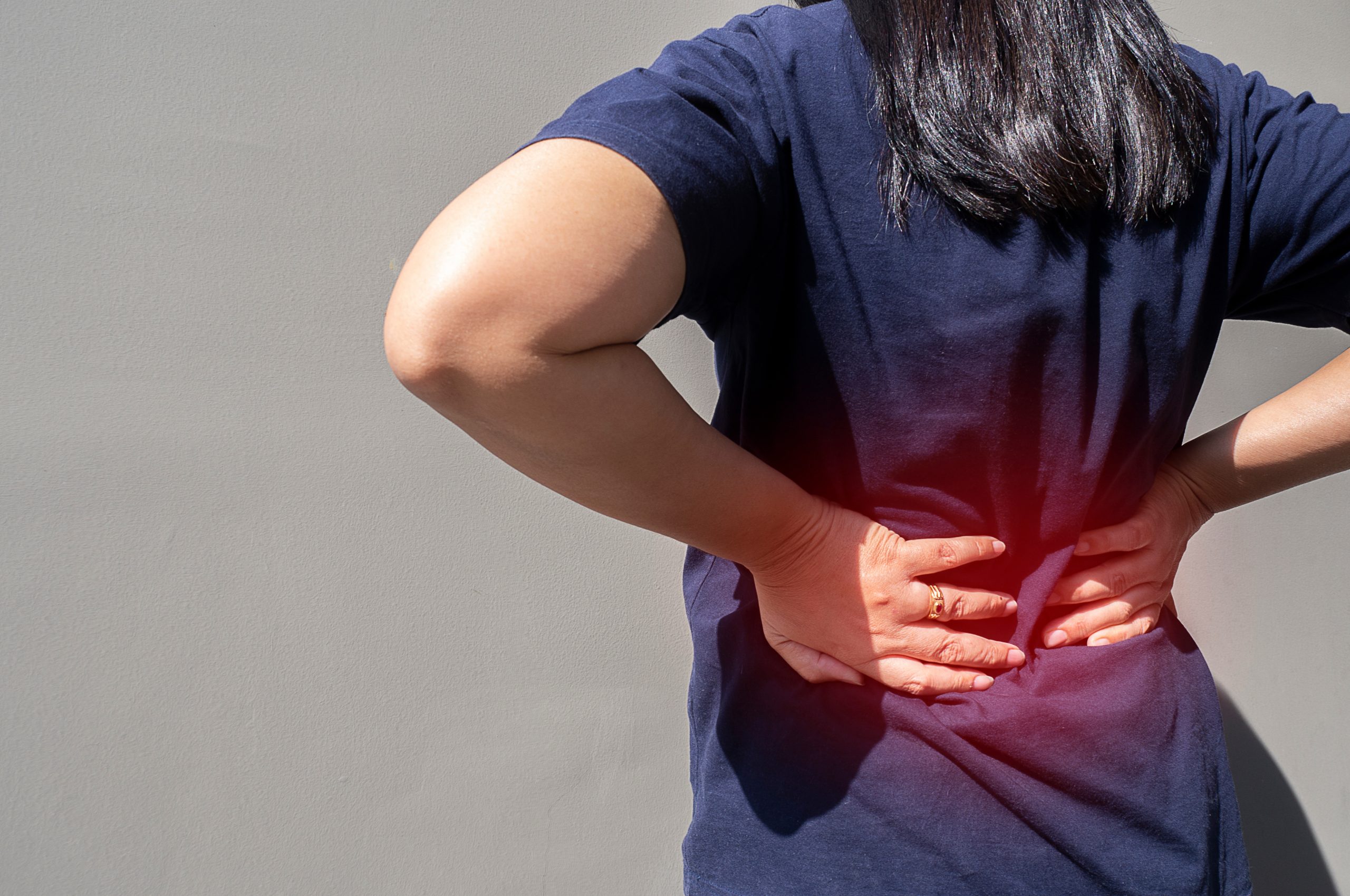
Back Pain Is More Common Than You Think
Interesting fact: Up to 80 percent of the population will experience back pain at some point in their life. Your spine provides the body with strength, support, flexibility, and a range of movements from standing upright to bending, twisting, and crouching. When the vertebrae in your spine become weak or brittle, there is an increased risk of serious spinal problems.
But how can you tell when the source of your pain is the result of something less serious, such as a side effect of stress or improper footwear, or something more serious, such as a slipped disc or a vertebrae fracture?
Hidden Causes of Back Pain: Pregnancy
For Mothers-To-Be, the list of aches and pains during pregnancy seem never ending. One of the more common physical ailments affecting future mothers is back pain. In fact, approximately half of all pregnancies are complicated by back pain. Additionally, 10% of the time, the pain can become so severe that it can interfere with the ability to work or carry out normal activities during pregnancy.
Lower Back Pain
Back pain during pregnancy is typically related to two central structures within the lower back: the sacroiliac joint and the lumbar spine. As a mother’s abdomen grows, the added weight of the amniotic sack, fluid, and of course the baby, changes a woman’s center of gravity. This sudden change in the body increases the curvature of the lumbar spine which in turn acts as a fulcrum point, constantly pulling at the sacroiliac joint causing pain and inflammation.
This added weight also pulls the mother forward. To compensate, most women instinctively lean their upper body backwards, putting a tremendous amount of stress on the lower back and pelvis.
Pelvic Pain
Posterior pelvic pain tends to be more prevalent than lumbar pain during pregnancy.
Posterior pelvic pain is typically felt below and to the side of the waistline, and on either side across the tailbone. The pain and discomfort can extend down into the buttock and upper portion of the posterior. Pelvic pain can be exacerbated by common movements such as climbing stairs, walking, sitting or standing for extended periods of time.
Treatment
While back pain is fairly common during pregnancy, it should not be accepted as just “part of the process”. Developing back pain during a pregnancy should be addressed as quickly as possible and managed properly to avoid any long term complications. One of the best ways to avoid potential back pain is to plan accordingly. Working on a core strengthening program before becoming pregnant can help to build stronger muscles in the abdomen, back and obliques. Building a strong core will help support the baby and spine so that there is not an exaggeration of that curvature of the spine and undue pressure placed on the sacroiliac joints.
During pregnancy, it is advised that mothers maintain a level of exercise to ensure that the body doesn’t weaken due to inactivity. Low impact exercise and stretching programs such as pilates, yoga and even physical therapy can help by continuing to engage and strengthen the supporting muscles in the abdomen and lower back.
Other ways to reduce the severity of your back pain by:
• Squat, don’t bend over, when you need to pick something up.
• Avoid shoes that don’t offer support.
• Avoid sleeping on your back.
• Get plenty of rest and elevate your feet.
Feeling Persistent Back Pain?
While aches and pain may be common as your body changes during pregnancy, pain that lasts several weeks to months can be a predictor for postpartum back pain. Women who are pregnant and suffering from persistent or chronic pain should consult their doctor to discuss possible treatment options.
Here at the offices of William Capicotto MD our mission is to restore motion and comfort to all of our patients in need. If you have developed chronic or debilitating back pain don’t hesitate to call our office at (716) 881-0382



